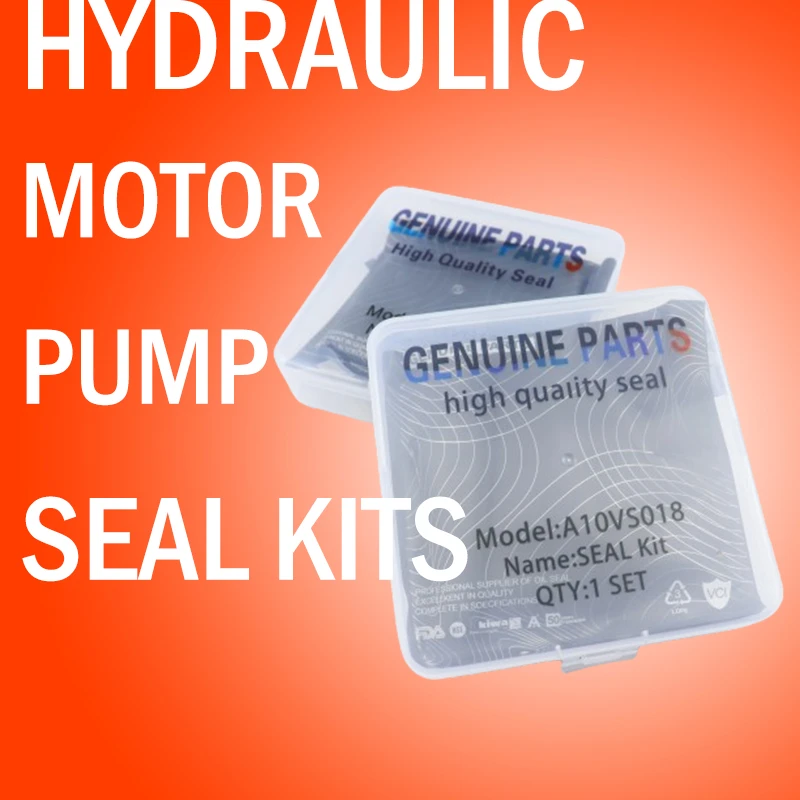Nov . 11, 2024 21:07 Back to list
hydraulic seal
Understanding Hydraulic Seals Importance, Types, and Applications
Hydraulic seals play a crucial role in ensuring the functionality and efficiency of hydraulic systems. As essential components in various machinery and equipment, these seals are designed to prevent leaks, maintain pressure, and facilitate smooth operation within hydraulic circuits. This article explores the importance of hydraulic seals, their types, and their applications across different industries.
Importance of Hydraulic Seals
In hydraulic systems, fluid under pressure is used to transmit power. The efficient function of these systems relies heavily on the integrity of the seals that contain the hydraulic fluid and prevent it from escaping. Hydraulic seals are vital in avoiding leaks, which can lead to a loss of fluid, reduced system efficiency, and potential damage to machinery. Furthermore, leaks can pose safety hazards, lead to environmental contamination, and increase operational costs due to excessive fluid loss.
The proper selection and maintenance of hydraulic seals can significantly enhance the lifespan of hydraulic systems by protecting critical components from wear and tear. Seals also help maintain the desired pressure levels within the system, ensuring efficient performance and minimizing energy consumption.
Types of Hydraulic Seals
There are several types of hydraulic seals, each designed for specific applications and performance requirements
. The most common types include1. O-Rings O-rings are one of the simplest and most widely used sealing solutions in hydraulic systems. They are circular-shaped elastomeric seals that fit into a groove and compress to create a seal between two mating surfaces. O-rings are versatile and can be used in various hydraulic pressures and temperatures.
2. Rod Seals These seals are designed to prevent fluid leakage along the rod of hydraulic cylinders. Rod seals accommodate axial movement and are usually made from elastomeric materials. They are crucial in applications where the rod extends and retracts, such as in hydraulic lifts and excavators.
3. Piston Seals Piston seals are used to seal the gap between the piston and the cylinder walls in hydraulic systems. They help maintain fluid pressure against the piston, allowing for effective force transmission. Piston seals can be compound or single-piece designs, depending on the application requirements.
4. Backup Rings These seals provide additional support to O-rings and other sealing elements in high-pressure applications, preventing the primary seal from extruding under pressure. Backup rings are essential in enhancing the durability and effectiveness of seals in demanding environments.
hydraulic seal

5. U-Cups U-cups are another type of hydraulic seal that functions similarly to traditional O-rings but offers better sealing properties in certain applications. They are often used in piston applications and can effectively handle dynamic pressure changes.
Applications of Hydraulic Seals
Hydraulic seals are utilized in a wide range of industries, including
- Construction and Heavy Machinery In construction equipment such as bulldozers, excavators, and cranes, hydraulic seals ensure efficient operation by preventing leaks in hydraulic cylinders that control movement and lifting mechanisms.
- Automotive Industry Hydraulic seals are widely used in braking systems, power steering mechanisms, and hydraulic transmissions in vehicles, ensuring safety and optimal performance.
- Aerospace In aviation systems, hydraulic seals must meet strict performance standards due to the extreme operating conditions. They play a critical role in aircraft control systems and landing gear mechanisms.
- Manufacturing Automated and hydraulic machinery in manufacturing settings rely on seals to maintain efficiency in processes such as injection molding, metal forming, and packaging.
- Oil and Gas Hydraulic seals are essential for maintaining pressure in drilling and extraction equipment while ensuring safety and reliability in harsh environments.
Conclusion
Hydraulic seals are a fundamental component of numerous hydraulic systems across various industries. Their ability to prevent leaks, maintain pressure, and enhance the longevity and efficiency of machinery makes them indispensable in modern applications. Understanding the different types of hydraulic seals and their specific roles can aid in the design, maintenance, and operation of hydraulic systems, contributing to enhanced performance and reduced operational costs. As technology continues to evolve, the development of advanced sealing solutions will further improve the reliability and efficiency of hydraulic systems for years to come.
-
TCN Oil Seal Metal Ring Reinforcement for Heavy Machinery
NewsJul.25,2025
-
Rotary Lip Seal Spring-Loaded Design for High-Speed Applications
NewsJul.25,2025
-
Hydraulic Cylinder Seals Polyurethane Material for High-Impact Jobs
NewsJul.25,2025
-
High Pressure Oil Seal Polyurethane Coating Wear Resistance
NewsJul.25,2025
-
Dust Proof Seal Double Lip Design for Construction Equipment
NewsJul.25,2025
-
Hub Seal Polyurethane Wear Resistance in Agricultural Vehicles
NewsJul.25,2025
-
The Trans-formative Journey of Wheel Hub Oil Seals
NewsJun.06,2025
Products categories
















